See the Gutenberg Bible, 32,000 3D Mechanical Puzzles and a Lock of Edgar Allen Poe’s Hair at This Rare Library
Curiosity is a credential at Indiana University Library’s Lilly Library
/https://tf-cmsv2-smithsonianmag-media.s3.amazonaws.com/filer/35/80/358014d2-727d-45eb-89ff-361ea129d6af/lilly-building_00080-1024x679.jpg)
Only 48 copies of the Gutenberg Bible exist today, both in partial and full form. The book was the first major work produced on a printing press with movable type in 1455—and Indiana University’s Lilly Library in Bloomington, Indiana, has one of its own.
The library itself is hidden on the Indiana University campus, tucked between one of the college's theaters and an auditorium, about an hour south of Indianapolis in southern Indiana. Visitors to Bloomington typically go to see the city's stunning architecture—local areas are ranked 6th in the nation by the American Institute of Architects for architectural innovation and design—and the beautiful college that frequently ranks in the top 50 amazing campuses. But the Lilly Library is a hidden treasure, often elusive to visitors who have no idea of the wonders within.
And the Lilly's Gutenberg Bible is just the beginning. The library specializes in ancient and rare works—everything from cuneiform tablets to art bindings of Lord of the Rings. It has non-printed items too—a 32,000 piece collection of 3D mechanical puzzles, one of director John Ford’s Oscars and a lock of Edgar Allen Poe’s hair are also in the archives. But these are just perks; words are the true focus here.
“We are preserving printed materials and manuscript materials that really reflect the cultural heritage of our civilization,” Joel Silver, director of the library, tells Smithsonian.com. “We have an emphasis on western civilization, but our collecting focus is worldwide.”
Anyone can come see the collection—you don’t have to be a researcher to pull items from the stacks. Between 4,000 and 5,000 people come in each year to use the reading room.
“Since this library has opened,” Silver says, “it has always been the policy that you don’t have to have a so-called serious scholarly purpose in order to use our reading room and request materials. Curiosity has always been a valid reason for coming into the reading room and requesting things.”
Satisfy your curiosity with this selection of the library’s rarest materials:
First Edition, The Canterbury Tales, Geoffrey Chaucer
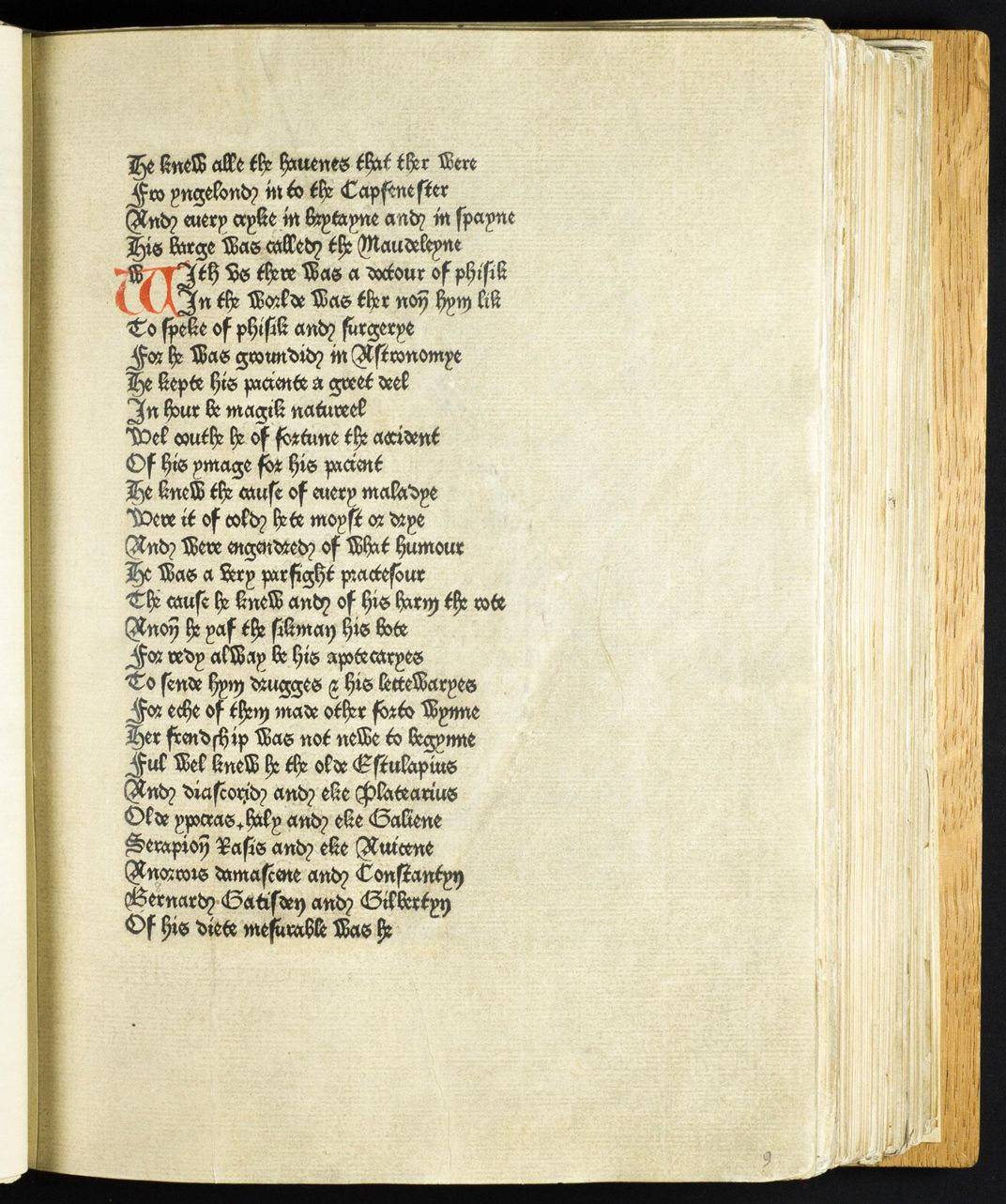
When Chaucer wrote his Canterbury Tales between 1387 and 1400, he used storytelling to catalog the society and religion of his era. Now, there are only about a dozen first-edition copies of that manuscript left in the world—and Lilly has one. The Tales were a huge project for Chaucer, who never actually finished them; he died before he could complete the opus. Since the printing press hadn’t been invented yet, the book was passed down through the years through handwritten manuscripts.
Birds of America, John James Audubon
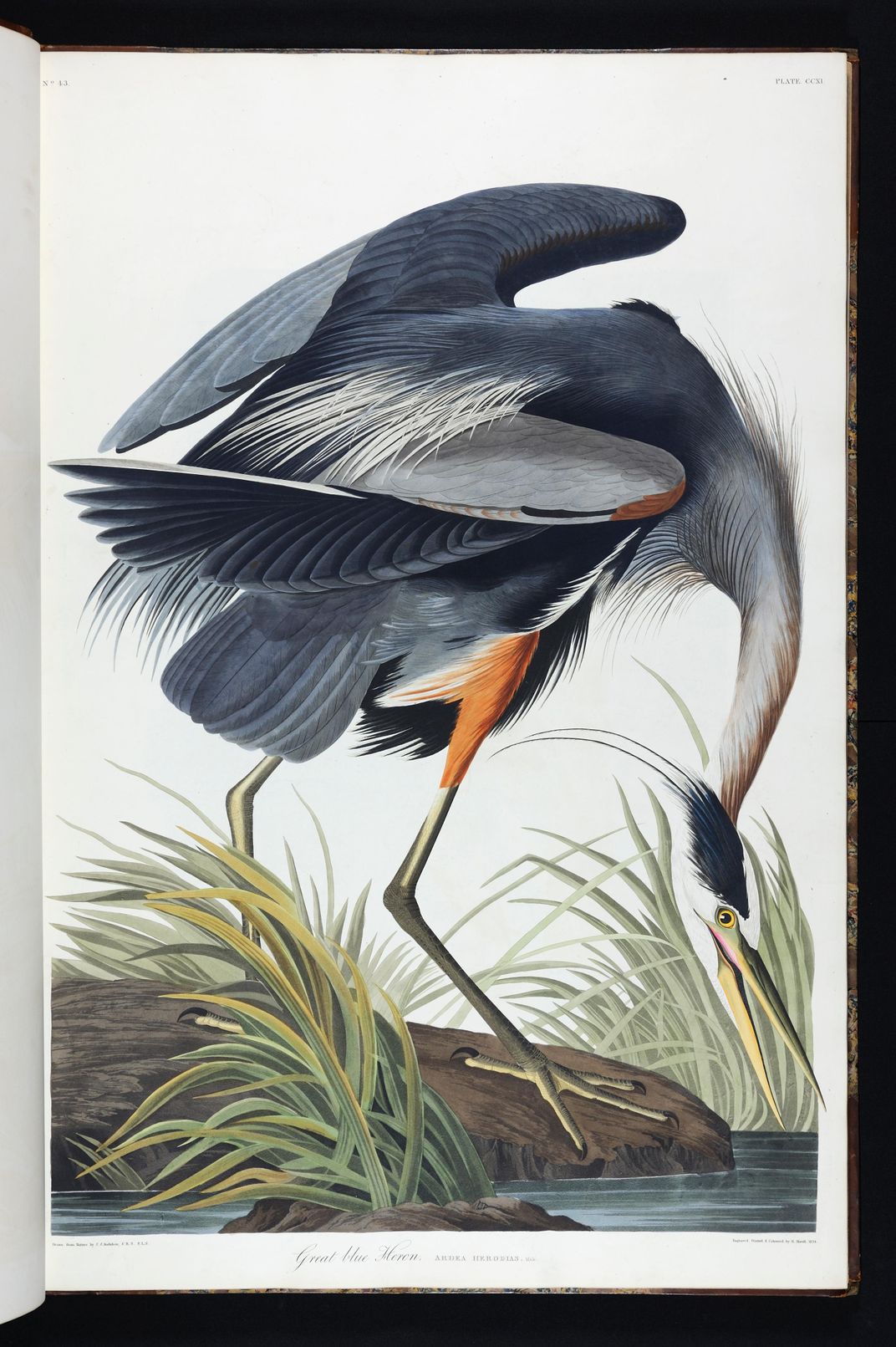
This four-volume set is always on display at the library. In the early 1800s, ornithologist John James Audubon set out to document and illustrate every type of bird in America. His finished work reproduces 435 birds in life-sized watercolors. Every week, the library staff turns to a new page in the set, unveiling the next bird in Audubon’s exhaustive catalog. In total, it will take eight and a half years to get through the entire set. “We have people who show up faithfully every week to see the new bird,” Silver says.
Acts and Laws of the United States, Thomas Jefferson
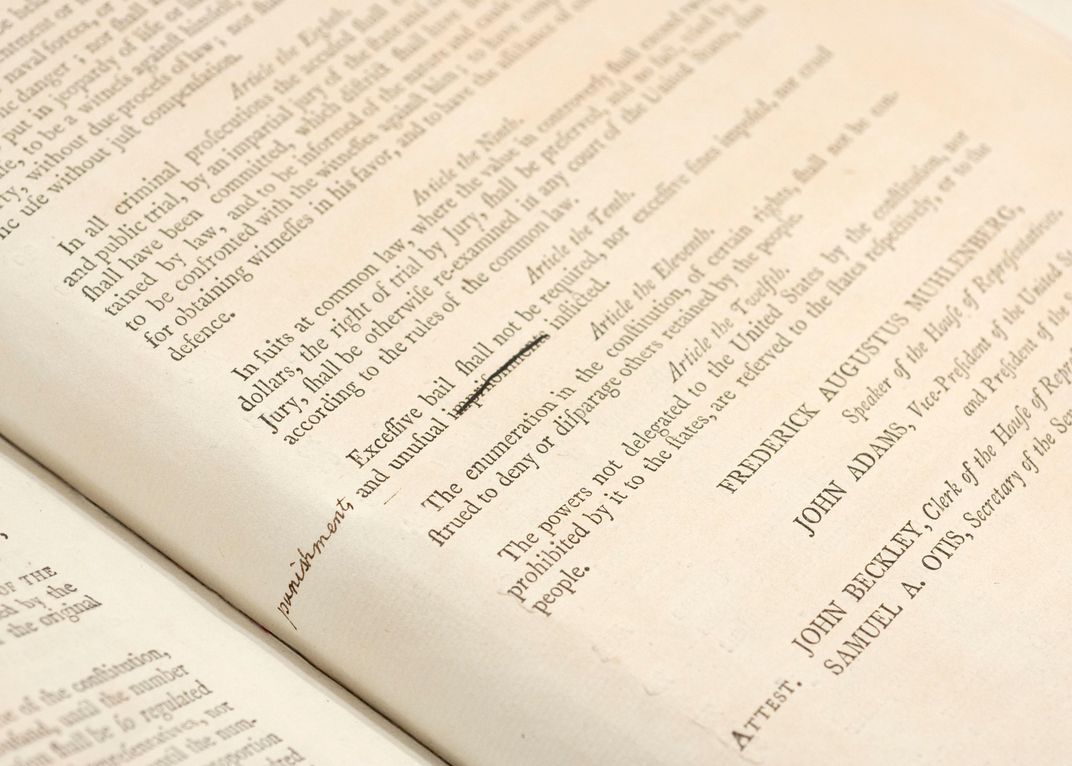
President George Washington specially bound this book for Thomas Jefferson in 1789. It contains the laws passed by the first Congress—including the first amendments to the Constitution, which are printed in the volume. This means that this book contains the first ever printing of the Bill of Rights. Jefferson also wrote his initials on some of the pages, says Silver, a practice he adopted to mark books as his when entering them into his extensive library.
Marvel Comics First Appearances
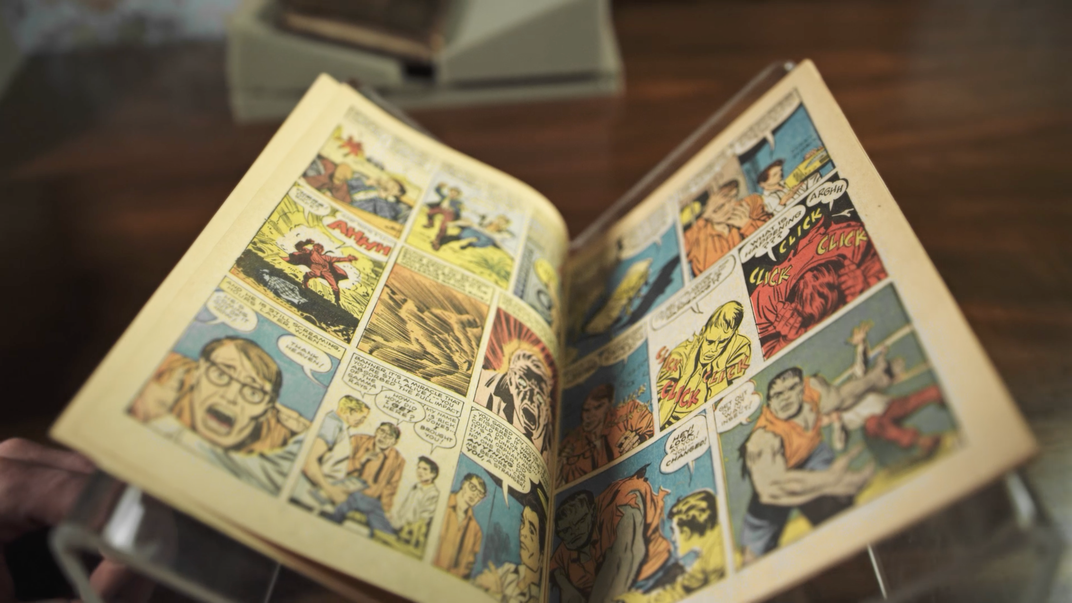
Have you ever itched to see the very first appearance of Spiderman, the Incredible Hulk, the X-Men or the Fantastic Four? Lilly has them on hand—and will bring the comic books out for you to leaf through. Not only are they incredibly valuable now, but they’re the original comic books. That means they include all of the original advertisements that didn't make their way into reprints, like OJ Simpson modeling a pair of cowboy boots or a fitness regimen that promises to make skinny boys into muscle men.
EC Comic Books
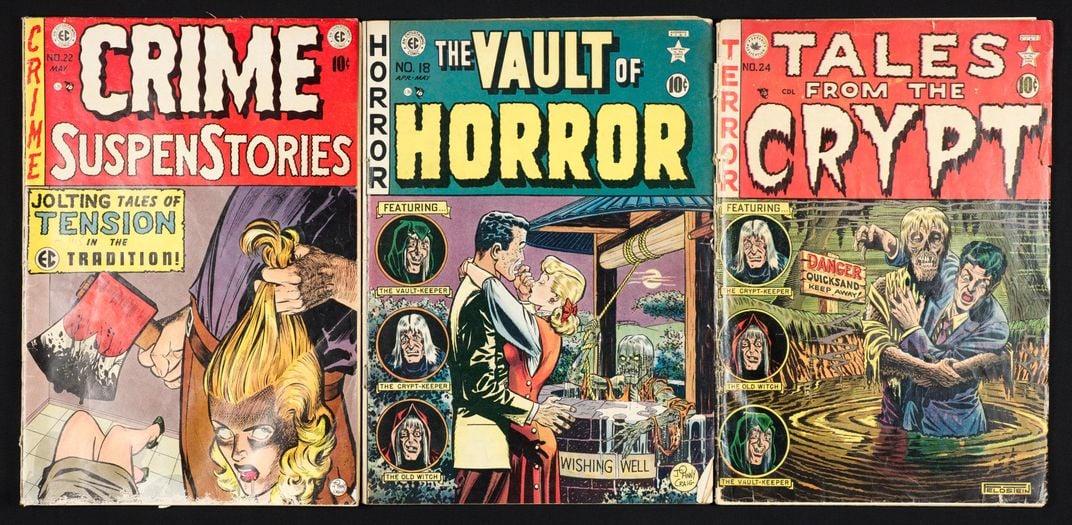
These comic books from the 1950s are from the same publisher who printed Tales from the Crypt. The crime, horror and sci-fi books are so gory that they created a frenzy among polite society at the time. “They are drenched in blood and so gory,” Rebecca Baumann, Education and Outreach Librarian, tells Smithsonian.com. “They’re wild. They are incredibly important in comic book history because they caused this moral panic in the 1950s. Parents were not happy to see their kids reading these kinds of things.” The comics' printing prompted a psychiatrist to write that the genre was causing juvenile delinquency. This led to a self-imposed ban on gore and suggestiveness by comic book companies looking to counter bad press.
/https://tf-cmsv2-smithsonianmag-media.s3.amazonaws.com/accounts/headshot/JenniferBillock.png)
/https://tf-cmsv2-smithsonianmag-media.s3.amazonaws.com/accounts/headshot/JenniferBillock.png)